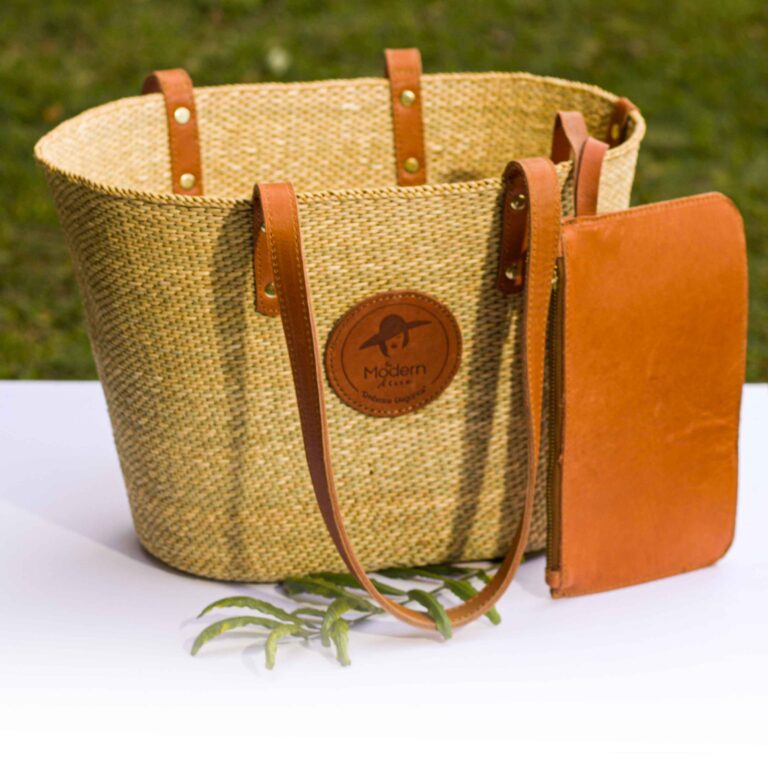Kumenya Mucii is a significant traditional Kikuyu ceremony that symbolizes the formal introduction of a bride to her new home. This cultural event is an important part of Kikuyu marriage customs, marking the transition of a woman into her new family after the wedding. The term Kumenya Mucii translates to “knowing the home,” reflecting the essence of the occasion—helping the bride familiarize herself with her husband’s home, family, and responsibilities.
Table of Contents
In modern times, Kumenya Mucii is still practiced, though with slight variations depending on family preferences and cultural adaptations. This article explores the key aspects of the ceremony, its significance, and what typically happens during this special event.
The Significance of Kumenya Mucii
The ceremony serves several important purposes:
- Formally Welcoming the Bride – The bride is officially introduced to her new home and family members.
- Familiarizing with Family Traditions – She learns about her new household’s customs, expectations, and responsibilities.
- Strengthening Family Bonds – It fosters unity between the bride’s and groom’s families.
- Celebration of Marriage – It provides an opportunity for families and friends to celebrate the union once again.
What Happens During Kumenya Mucii?
1. The Arrival of the Bride
The bride arrives at her husband’s home, often accompanied by a group of her family members, close friends, or female relatives. In some traditions, she may be required to cover her head with a shawl or veil as a sign of modesty.
2. The Welcome Ceremony
Upon arrival, the groom’s family receives the bride warmly. Elderly women from the groom’s side often sing traditional songs, welcoming her to the family. Sometimes, symbolic gestures such as sprinkling cold water on her feet may be performed to bless her entrance into the home.
3. Introduction to the Household
The bride is led around the home and introduced to various sections, including the kitchen, living area, and other important places. She may also be shown where food supplies, cooking utensils, and other household essentials are kept, symbolizing her role as the new lady of the house.
4. Cooking and Household Demonstrations
In some cases, the bride is asked to prepare a simple meal to demonstrate her ability to manage the home. This is not meant as a test but rather as a symbolic act to show that she is ready to take on her responsibilities as a wife. Elderly women may also give her guidance on how to run the household.
5. Advice from Elderly Women
A crucial part of Kumenya Mucii is the guidance given to the bride by elder women (athi njiru). They offer advice on marriage, family values, and how to maintain peace and harmony in her new home. The wisdom shared during this time is meant to prepare her for married life.
6. Sharing a Meal
A communal meal follows, where both families come together to eat, laugh, and celebrate. Traditional Kikuyu foods such as mukimo (mashed potatoes with greens), nyama choma (grilled meat), and traditional porridge are commonly served.
7. Presentation of Gifts
The bride may receive gifts from her in-laws, including household items, traditional jewelry, or even livestock, as a sign of welcome. The bride’s family may also bring gifts as a gesture of goodwill.
8. Blessings and Prayers
Elders from both families offer blessings to the newlywed couple, praying for prosperity, fertility, and a happy marriage. Traditional prayers and rituals may be performed to protect the bride and ensure a harmonious union.
Modern Adaptations of Kumenya Mucii
While Kumenya Mucii remains a treasured cultural practice, modern lifestyles have influenced how it is conducted. Some families opt for a more relaxed version of the ceremony, while others incorporate Christian blessings or modify certain traditions to fit contemporary settings. In urban areas, the ceremony may be held at a rented venue instead of the groom’s rural home.
What to Carry During Kumenya Mucii
Kumenya Mucii is a special Kikuyu tradition where a newlywed bride is formally introduced to her husband’s home and family. To make the event successful and respectful, certain items are traditionally expected to be brought by the bride and her family. Below is a list of essential things to carry during Kumenya Mucii.
1. Gifts for the Groom’s Family
It is customary for the bride and her family to bring gifts as a sign of appreciation and respect. Some common gift items include:
- Sugar, tea leaves, and honey – Symbolizing a sweet and harmonious marriage.
- Flour (maize & wheat) – To show readiness to provide for the household.
- Cooking oil & salt – Essential kitchen items representing sustenance.
- Fruits & vegetables – Representing fertility and prosperity.
2. Personal Items for the Bride
Since the bride is spending time in her new home, she should carry:
- Change of clothes – Traditional attire or a comfortable dress for the occasion.
- Shoes & accessories – To match her outfit.
- Toiletries – Personal hygiene items like soap, lotion, and a toothbrush.
- A headscarf or shawl – A symbol of modesty and respect when meeting elders.
3. Special Gifts for the Mother-in-Law and Elders
To show respect and gratitude, the bride may carry special gifts for her mother-in-law and other elders, such as:
- A leso (kanga) or a shawl for the mother-in-law.
- Milk or a gourd of fermented milk (mursik) for the elders.
- A chicken or goat – Traditionally presented as a sign of goodwill.
4. Money for Appreciation
In some cases, it is customary for the bride’s family to offer a token of appreciation to the groom’s family, especially to the elders who provide guidance and blessings. This money is given discreetly in envelopes.
5. Food Contributions for the Celebration
Since Kumenya Mucii often involves a communal meal, the bride’s family may bring:
- A bag of maize or rice – As a contribution to the household.
- Meat or chicken – For the feast.
- Milk and tea leaves – Essential for serving guests.
6. A Camera or Phone for Photos
While not traditionally required, capturing the special moments of Kumenya Mucii is important. The bride or her family may carry a camera or phone for pictures.
FAQs on Kumenya Mucii
What is Kumenya Mucii?
Kumenya Mucii is a Kikuyu cultural tradition where a newlywed bride is formally introduced to her husband’s home and family. It signifies the bride’s transition into her new family and strengthens the bond between both families.
What should the bride carry during Kumenya Mucii?
The bride should bring gifts such as sugar, tea leaves, cooking oil, flour, fruits, and a shawl for the mother-in-law. Other important items include personal belongings, food contributions, and money as a token of appreciation for the groom’s family.
Who attends the Kumenya Mucii ceremony?
The event is usually attended by the bride, her family members, the groom, his family, and close relatives. Elders from both sides often play a key role in blessing the couple and guiding them through the cultural significance of the day.
What happens during Kumenya Mucii?
The bride is warmly welcomed into her new home, introduced to the family members, and given advice by the elders. There is usually a communal meal, and the bride may be expected to demonstrate her domestic skills by preparing tea or cooking a simple meal.
Is Kumenya Mucii still practiced today?
Yes, many Kikuyu families still uphold the tradition of Kumenya Mucii, though modern versions may be less elaborate. Some families prefer a small family gathering, while others combine it with a church or civil wedding ceremony.
Also Read:



